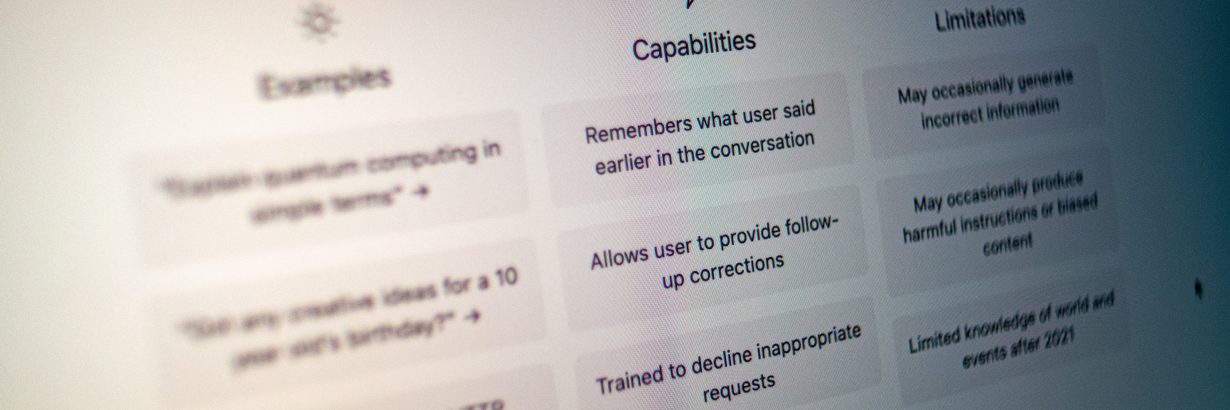Chatbots have become an essential tool for businesses looking to enhance their customer experience, automate tasks, and improve their operations. As a software engineer, you can leverage the power of AI to build chatbots that can interact with customers, provide support, and answer queries. With ChatGPT, a cutting-edge language model trained by OpenAI, you can create chatbots that can generate human-like responses and adapt to various scenarios and inputs. In this blog post, we will share tips and best practices for building chatbots with ChatGPT, so you can stay ahead of the curve in 2023.
- Define your goals and use case
Before building a chatbot, you need to define your goals and use case. Ask yourself, what problem are you trying to solve? Who is your target audience? What actions do you want your chatbot to perform? Defining your goals and use case will help you choose the right tools and design the right user experience for your chatbot.
- Choose the right ChatGPT model
ChatGPT comes in various sizes and configurations, depending on your needs and resources. For building chatbots, you can use pre-trained models such as GPT-2 or GPT-3, or fine-tune them on your specific domain or task. Choose a model that suits your needs and resources, and consider the trade-offs between speed, accuracy, and cost.
- Collect and preprocess your data
To build an effective chatbot, you need to train ChatGPT on relevant and high-quality data. Collect data from various sources such as customer inquiries, support tickets, or social media conversations. Preprocess your data to clean and normalize it, and remove any sensitive or irrelevant information.
- Design your chatbot’s personality and tone
Your chatbot’s personality and tone can make a significant difference in how users perceive and interact with it. Choose a personality and tone that matches your brand and audience, and consider factors such as language, humor, empathy, and cultural sensitivity. Design your chatbot’s personality and tone to be consistent and authentic across all interactions.
- Test and evaluate your chatbot
Before deploying your chatbot, you need to test and evaluate its performance and usability. Test your chatbot on various scenarios and inputs, and evaluate its accuracy, relevance, and response time. Consider using validation or feedback mechanisms to improve the quality of your chatbot’s output, and monitor its performance and user feedback to iterate and improve over time.
- Integrate your chatbot with your platform and tools
To make your chatbot accessible and useful for your users, you need to integrate it with your platform and tools. Consider factors such as user interface, authentication, privacy, and security, and choose a deployment option that suits your needs and resources. Integrate your chatbot with your platform and tools to provide a seamless and engaging user experience for your users.
Conclusion
Building chatbots with ChatGPT can be a powerful tool for software engineers looking to enhance their customer experience and improve their business operations. By defining your goals and use case, choosing the right model, collecting and preprocessing your data, designing your chatbot’s personality and tone, testing and evaluating your chatbot, and integrating it with your platform and tools, you can create effective chatbots that can automate repetitive tasks, provide support, and enhance your customer engagement. Follow these best practices and stay ahead of the curve in 2023.



Recent Comments